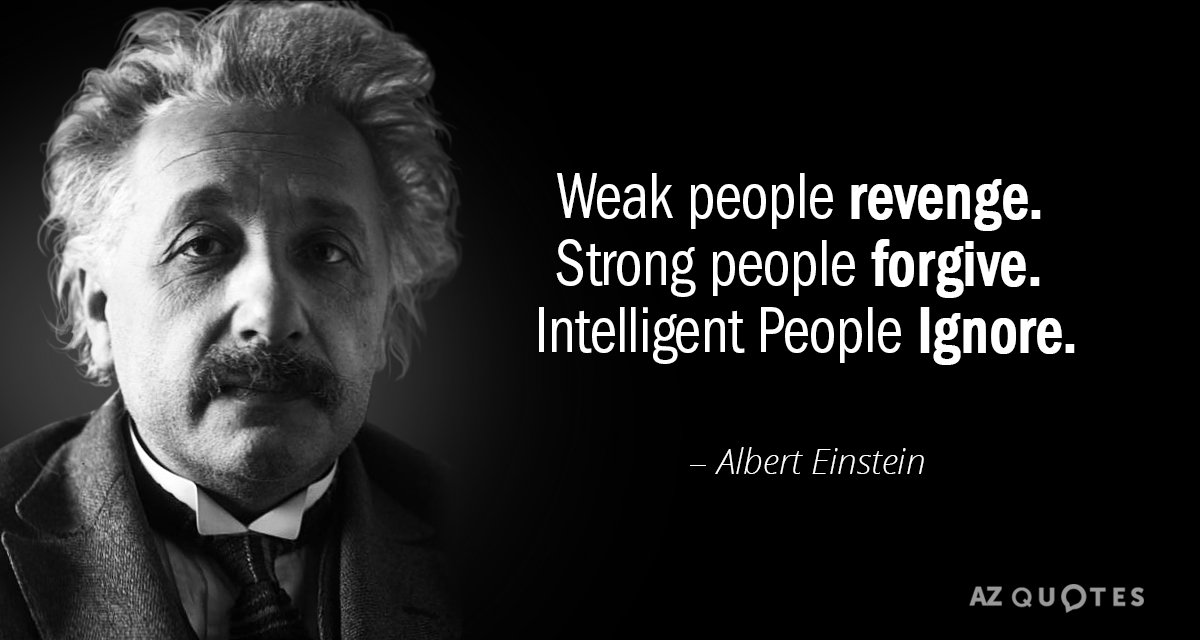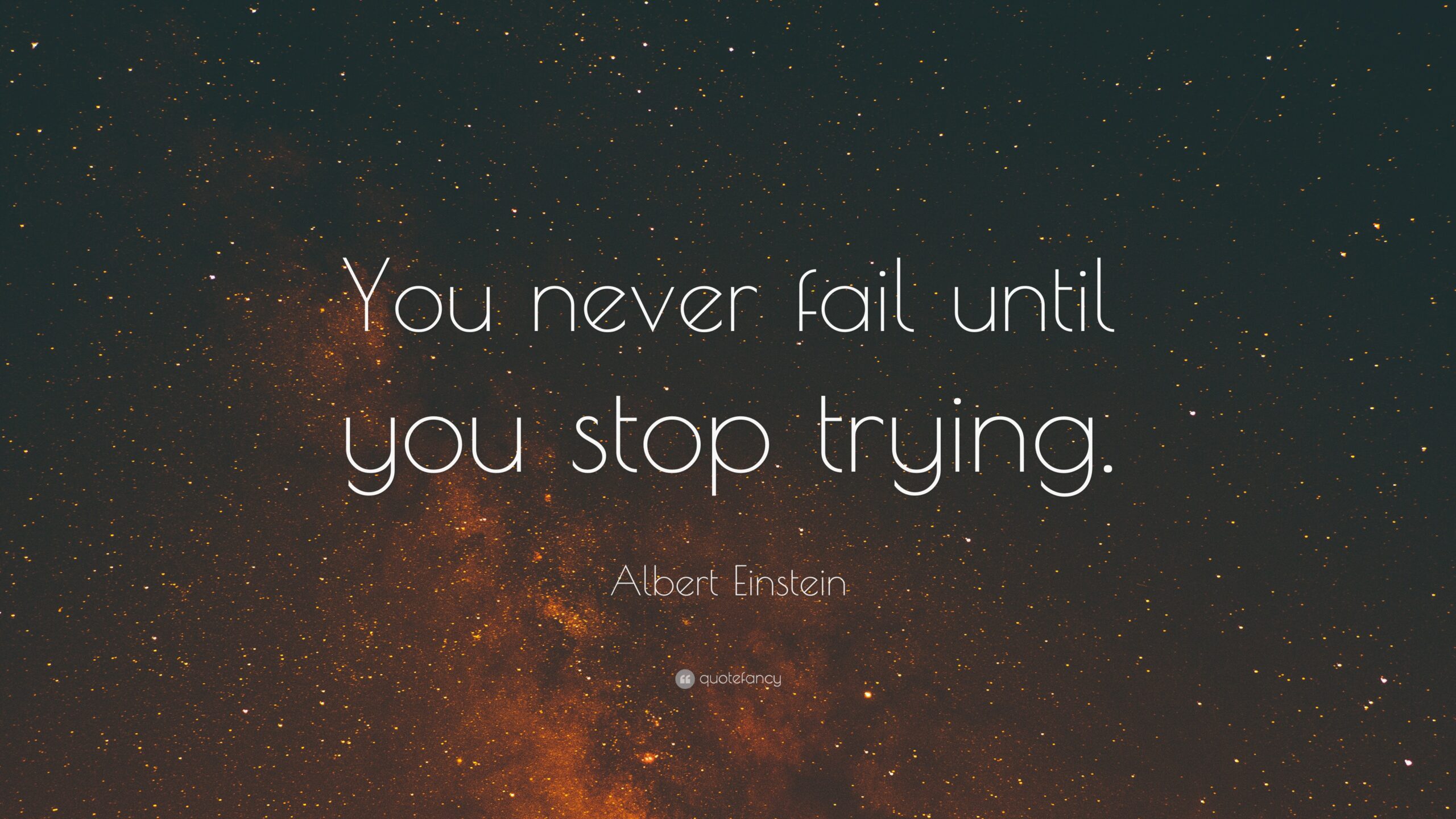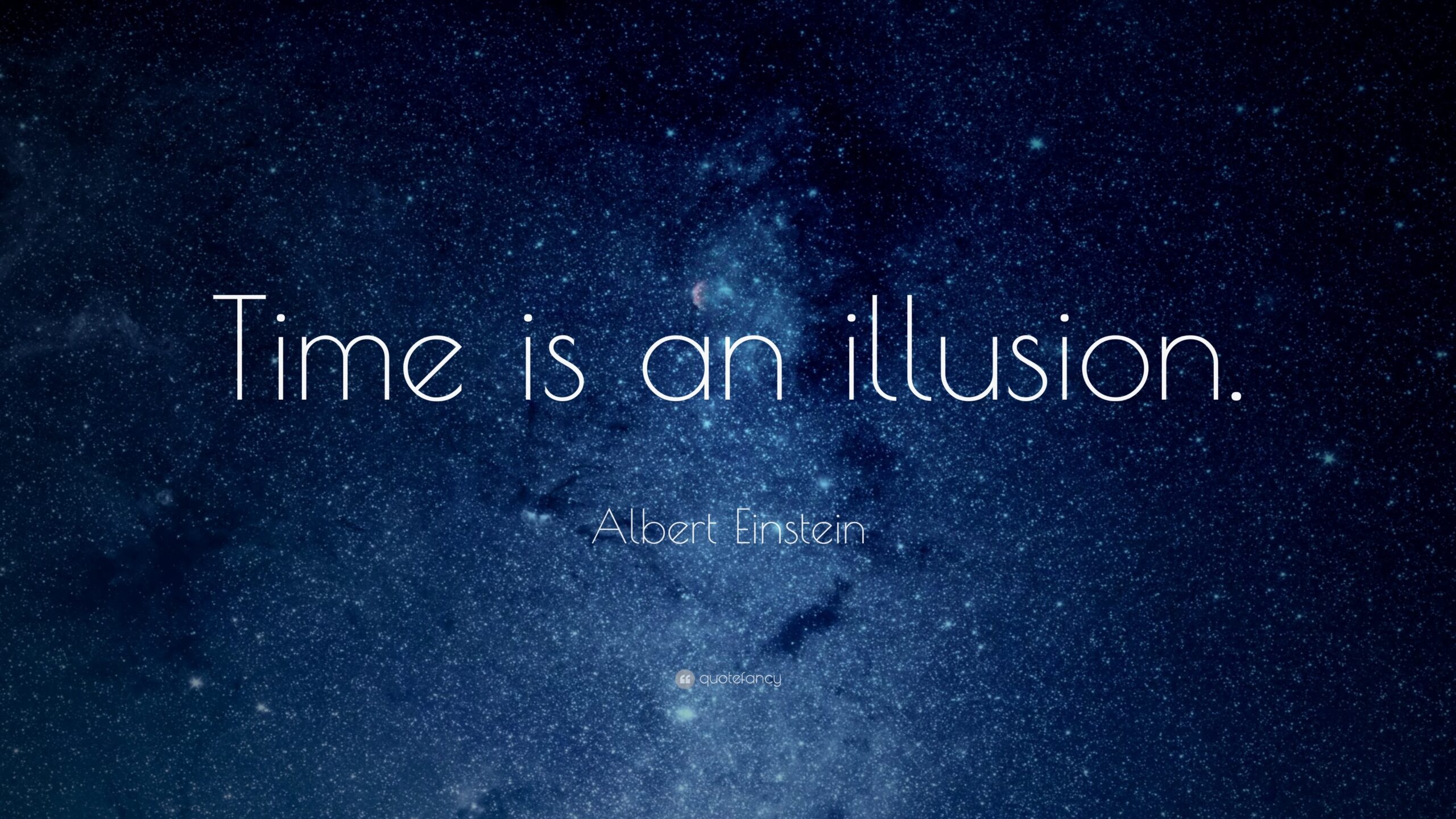
A discussion between Professor Chris Roe and Professor Chris French; introduced and coordinated by Dr Steve Taylor.
19 March 2024
Telepathy and precognition: could they be real? Some sceptics claim that such ‘psi phenomena’ cannot possibly exist because they contravene the laws of science. Any apparent evidence for them must be the result of factors such as fraud, coincidence, poor experimental design or questionable research practices. However, psi researchers continue to perform rigorous experiments (although perhaps not as often as they might like, due to a lack of funding) and often report significant positive results. And so the scientific debate continues, as it has for decades.
At the same time, significant numbers of the general population believe that psi exists. For example, a survey of 1200 Americans in 2003 found that over 60 per cent believed in extrasensory perception (Rice, 2003). Not only that, significant numbers of people report experiences: in a 2018 survey, half of a sample of Americans reported they had had an experience of feeling ‘as though you were in touch with someone when they were far away’ (in other words, telepathy), and slightly less than half reported an experience of knowing ‘something about the future that you had no normal way to know’ (in other words, precognition). Just over 40 per cent reported that they had received important information through their dreams (Wahbeh et al., 2018).
In 2018, American Psychologist published an article by Professor Etzel Cardeña which systemically reviewed the evidence for psi phenomena, examining over 750 discrete studies. Cardeña concluded that there was a very strong case for the existence of psi, writing that the evidence was ‘comparable to that for established phenomena in psychology and other disciplines’ (2018, p.663). A commentary on the article from the British Psychological Society’s Research Digest reported, ‘on this basis, it is arguable that, as much as any other field of psychology, there is at least something meriting investigation.’
In a response to Cardeña, the sceptics Arthur Reber and James Alcock (2020) simply argued that his conclusions couldn’t be valid because psi was theoretically impossible. ‘Claims made by parapsychologists cannot be true … Hence, data that suggest that they can are necessarily flawed and result from weak methodology or improper data analyses’ (2020, p.391). Like other sceptics, they simply argued that if psi were true, we would have to rewrite the laws of science.
One argument in response from psi researchers is that there are many theories and concepts in quantum physics that allow for the possibility of psi, such as entanglement and non-locality (although this doesn’t necessarily mean that psi can be explained in these terms). In these terms, psi is not against the laws of science at all.
In this debate, we turn to two of the UK’s leading commentators and researchers in the field of psi, Professor Chris French and Professor Chris Roe. The specific question we asked them to debate is: Will the debate about the existence of psi ever be settled?
Chris French (Emeritus Professor and Head of the Anomalistic Psychology Research Unit, Department of Psychology, Goldsmiths, University of London; author of The Science of Weird Shit: Why Our Brains Conjure the Paranormal)
The short answer to this question is as follows: if psi really does exist, then potentially the debate about its existence may one day be settled; if not, then the debate will probably rumble on forever without ever being resolved.
Let me unpack that a little. To date, parapsychologists have failed to produce evidence for paranormal phenomena that is robust and replicable enough to satisfy the wider scientific community that psi does indeed exist. Although some critics of parapsychology argue that psi is theoretically impossible because its existence would violate fundamental laws of nature, this is not a position held by all critics. In my personal opinion, the strongest evidence available in support of psi, as summarised by Cardeña (2018), is certainly strong enough to justify further research even if the effect sizes reported in various meta-analyses are typically very small. If parapsychologists could refine their protocols in such a way that the effect sizes could be reliably increased, the debate would be settled.
Another way in which the debate could be settled is by the discovery of just one gifted psychic, capable of demonstrating their ability under properly controlled conditions. As William James famously pointed out, ‘If you wish to upset the law that all crows are black, you mustn't seek to show that no crows are; it is enough if you prove one single crow to be white.’ For example, some individuals claim to be able to induce out-of-body experiences more or less at will. If just one such individual could demonstrate an ability to reliably perceive targets in remote locations, that one ‘white crow’ would be sufficient to silence sceptics who argue that the out-of-body experience is hallucinatory.
Whereas proponents of psi could, in principle, prove that psi exists, sceptics could never prove that it does not. For well over a century, proponents have argued that the final definitive proof of the existence of psi is almost within reach, just around the next corner. For a variety of reasons, that moment never seems to arrive – but one could never actually prove that it will never arrive.
However, we know enough about the shortcomings of human cognition to know that even if psi does not exist, many people will continue to believe that it does. Anomalistic psychologists focus their efforts on producing non-paranormal explanations for reports of ostensibly paranormal experiences, often invoking such well-documented phenomena as hallucinations, false memories, the unreliability of eyewitness testimony, and a range of other cognitive biases. Although anomalistic psychologists could in principle never prove that psi does not exist, providing plausible non-paranormal explanations supported by strong evidence tilts the balance of probability in the direction of scepticism.
Chris Roe (Professor of Psychology at the University of Northampton):
Before I respond to Chris’s opening comments I want to echo Steve’s point that beliefs in a variety of psi phenomena are common across all cultures and can be profoundly important to the people who hold them. The primary driver of belief is direct, personal experience, but the experiencer often recognises these phenomena to be problematic in seeming to contradict our everyday understanding of how the world works, and of our capacities as human beings. They typically fear that they will be labelled as credulous, psychologically weak, or of suffering from some pathology, so tend to disclose details only to close family and trusted friends. This creates a kind of taboo that can be a significant source of distress as they struggle alone to make sense of their experiences. Parapsychology is concerned with providing a transparent evidence-based understanding of paranormal phenomena based on adherence to the scientific method and grounded in theoretical orthodoxy, but where these established principles are deemed inadequate, is committed to developing new explanatory models.
Within parapsychology there is a long history of empirical research under controlled conditions, and this has generated a very substantial body of empirical work, some of which has been summarised by Etzel Cardeña (2018), as Steve has outlined. It would be untrue, then, to claim (as some commentators do) that no evidence for parapsychological effects has been accrued under controlled conditions. Of course, it is another matter entirely for that evidence to be regarded as substantial enough to persuade the neutral observer that we are dealing with real effects. Chris gives a summary of some of the main objections that have been raised, which might reasonably cause such a person to remain doubtful, and I’ll respond to those briefly.
He focuses on the claim that parapsychological effects are not substantial enough to suggest we are dealing with anything more than a trivial anomaly. In his review, Cardeña (2018) describes eleven different experimental methods and lists associated mean weighted effect sizes. These are mostly in the range of about .1 to .2, so would be classed as small or very small following Cohen’s scheme. But are they substantially different from other areas of psychology? The Open Science Collaboration (2015), a coalition of 270 research psychologists that attempted to replicate findings from 100 psychology papers, gave a mean effect size of .20. Similarly, Schäfer and Schwarz (2019) analysed a random selection of 100 published empirical studies from each of 9 domains of psychology, and found that the median effect size, r, for pre-registered studies was only 0.16. Claims that parapsychological effects are substantial enough to have real-world relevance seem reasonable, then, insofar as these other areas also lay claim to it.
Chris’s second objection is that parapsychological effects are difficult to replicate, and there seems to be a general expectation that ‘real’ effects should be more or less replicable on demand (his ‘white crow’ example could be interpreted in this way). But is this realistic when investigating human performance? Where effects are relatively small they can be very sensitive to low study power and sampling error, as well as to interaction effects of secondary variables. This could produce a noisy picture in which even a real effect would still lead to some nonsignificant studies and even some that seem to show a reversed effect, but for which the overall pattern would still show a mean shift in the predicted direction, as outcomes cluster around the actual effect size. Baptista and Derakhshani (2014) applied this logic to one paradigm in parapsychology that tested for extrasensory perception using ganzfeld stimulation, and found that while there were a number of apparent failures to replicate, the distribution of outcomes was actually very close to what one should expect given the overall effect size and the statistical power of the experiments. When effects are understood in statistical terms, then parapsychological effects seem to replicate lawfully.
Finally, I agree with Chris that sceptics face an impossible challenge if they are expected to prove a negative. However, a constructive starting point would be for them to offer explicit counter-explanations for the reported laboratory-based effects, culminating in hypotheses that could be tested experimentally. Currently, sceptics’ objections are often so unspecified that they, too, are immune from testing and possible refutation.
Chris French:
I agree that both paranormal beliefs and, to a somewhat lesser extent, reports of ostensibly paranormal experiences are common in all cultures and can have profound implications. Like Chris, I also strongly oppose assertions from uninformed sceptics that all such beliefs and experiences can be explained away in glib terms such as, ‘All believers/experiencers are mad/stupid/liars’ (delete as appropriate). These beliefs and experiences are an important part of what it means to be human and we, as psychologists, need to do our best to explain them.
I also agree with Chris that it is simply wrong to assert that there is no evidence for parapsychological effects. As he goes on to note, the question is whether that evidence is ‘substantial enough to persuade the neutral observer that we are dealing with real effects’. That is where, I suspect, Chris and I would disagree (although I think we would both acknowledge that we may be wrong).
With respect to the Open Science Collaboration report, it is clear that the authors of that report are far from arguing that their analysis suggests that the psychological effects concerned are ‘substantial enough to have real-world relevance’. Quite the opposite. To quote the final sentence of the report, ‘This project provides accumulating evidence for many findings in psychological research and suggests that there is still more work to do to verify whether we know what we think we know.’ I think the same cautious attitude should be applied, arguably even more strongly, to parapsychology.
Chris appears to have misunderstood my ‘white crow’ argument. I was putting that forward as an alternative means by which the psi debate could potentially be settled (in favour of psi proponents) but it is quite separate from the first alternative, i.e., a single paranormal effect that is robust and replicable enough to convince the wider scientific community that it is real. I am certainly not demanding 100 per cent replicability in either case. The problem for parapsychology is that not one single paranormal effect exists that is robust enough to form the basis of a psychology lab class with any real hope that it would be demonstrated. In contrast, while not denying that psychology has its own problems with replicability, there are literally hundreds of psychological effects that are indeed almost 100 per cent replicable.
Unlike most sceptics, I have long argued that parapsychology is not a pseudoscience (French & Stone, 2014). At its best, it is just as scientific (and sometimes even more scientific) than psychology. All sciences attempt to separate true signals from the noisy data in their areas of interest. As Chris notes, data in parapsychology are typically very noisy for a variety of reasons. The same is true of other social sciences, including psychology. What would a science look like if, in fact, no true signals existed at all within the noisy data? Would it perhaps look like parapsychology? Even if this is true, psychology can learn a lot about the limitations of the scientific method by studying parapsychology, especially with respect to its own replicability crisis.
To return to the original question that we were asked to address, a sufficiently replicable paranormal effect would go a very long way towards settling the psi debate in favour of the psi hypothesis. Cardeña’s review of the currently available evidence cites with approval the meta-analysis by Bem and colleagues (2015) of 90 experiments aimed at replicating the effects reported in Bem’s original series of nine experiments. The largest effect size in that original series came from Experiment 9 which Bem claimed demonstrated retroactive facilitation of recall, i.e. that memory for words is better for words that are rehearsed even if one does not rehearse the words until after one’s memory has been tested. We carried out three independent replication attempts and failed to find this effect (Ritchie et al., 2012). The 2015 meta-analysis appears to confirm that the combined data from 27 experiments (total N = 4,601) aimed at demonstrating this effect failed to reach statistical significance.
In contrast, the combined results from 14 experiments aimed at demonstrating the precognitive detection of rewarding stimuli (total N = 863), based on Bem’s Experiment 1, appeared to demonstrate a highly significant effect (effect size = 0.14, p = 1.2 x 10-5). Had parapsychologists finally found the holy grail – a replicable paranormal effect? Or was this yet another false dawn for parapsychology? It appears that it was the latter, according to the results of a recent large, multi-lab replication attempt which employed the most rigorous methodology of any parapsychological investigation ever (Kekecs et al., 2023). Bem himself approved the design of this study.
As I have written elsewhere (French, 2023), this replication attempt involved ten laboratories from nine different countries. A total of 2,115 participants contributed valid data to the study resulting in a total of 37,836 trials. This sample is more than 20 times larger than Bem’s original study and more than twice as large as all 14 studies combined using this methodology included in the subsequent meta-analysis. Kekecs and his many colleagues reported a success rate of 49.89 per cent – very close to what would be expected by chance.
As the authors concluded, ‘the results tell us that (1) the original experiment was likely affected by methodological flaws or it was a chance finding, and (2) the paradigm used in the original study is probably not useful for detecting ESP effects if they exist’ (Kekecs et al., 2023).
A cautious attitude towards the existence of psi appears to be justified for the time being.
Chris Roe:
It’s reassuring that Chris and I agree on many points, but it makes sense in my closing comments to focus on areas where we disagree. Firstly, he interprets the Open Science Collaboration authors as concluding that the work they report has no real-world relevance, but surely the researchers who devoted time and energy to these studies didn’t set out with the expectation that the effects they were interested in would be too small to have tangible consequences? If our findings are only of ‘academic’ interest, then it seems to me we would be mostly wasting our time.
Chris is still confident that psychology is replete with effects that have the kind of reliability needed for them to provide the basis of a psychology lab class. I must confess that despite having been involved in psychology research methods workshops since 1990, I can’t think of any psychological effect that would meet this standard of robustness. Pretty much every class has had at least one group whose data produced head scratching results that didn’t accord at all with expectation. That’s simply a function of the rich and complex social dynamic that is research with human participants.
As a result, though, actual data can look messy, and could lead one to speculate that the findings from a disputed area such as parapsychology show us what science would look like if there were, in fact, no true signals in noisy data. The tendency to see pattern in random data, termed apophenia, is well-known, but it is also true that people can fail to see actual patterns embedded in noisy data. The controls afforded by the scientific method and the judicious use of statistical analysis help us to avoid both of these errors. Cardeña’s paper is a good account of what the data suggest when this is applied to parapsychological claims.
It’s interesting that Chris picks up on Daryl Bem’s research, which caused such controversy when it was first published. Indeed, commentators such as Chris Chambers have seen its publication as a wake-up call for psychology to deal with a range of questionable research practices (QRPs) that may have distorted the published record. These lessons could perhaps have been learnt sooner if researchers had paid more attention to parapsychology. In the 1970s, parapsychology journals were already calling for pre-registration, encouraged submission of manuscripts based on reviews of the study design before the outcomes were known, and published null results to address file-drawer problems. Parapsychology was one of the first disciplines to adopt statistical analysis, randomisation, placebo control conditions, and meta-analysis. Double-blind designs are still much more common here than in other areas of the social sciences. Of course, there is still much room for improvement, but sweeping insinuations of ‘poor methodology’, which are sometimes made, seem misplaced.
The initiative by Kekecs and colleagues (2023) is indeed an important development and is worthy of close attention. It certainly offers a gold standard design with respect to precautions against QRPs – what we might call the meta-experiment. However, I think this has been at the expense of paying due attention to the experiment itself. We are told virtually nothing about how participants were recruited, what instructions they were given about the experiment, or under what conditions they were tested, as if these elements are unproblematic (I was surprised to learn from the lead author, for example, that 60 per cent of the trials involved group testing). The project collaborators were strikingly antipathetic to the notion of psi (they gave a median score of 1.5 on a 0-23 ‘belief’ scale). Despite the project managers’ best efforts, I don’t have confidence that the study is protected from psychosocial experimenter effects of the sort that have been well documented by Bob Rosenthal. I don’t mention these things as a rhetorical way to set aside this experiment, but it does draw attention to the impossibility of creating a ‘crucial experiment’ in the social sciences, no matter how high powered.
To return to the opening question of whether the debate about the existence of psi can ever be settled: I sincerely hope so! The worst-case scenario is to maintain beliefs that are untrue, no matter how comforting those beliefs might be. To avoid this, we must be willing to adopt a truly sceptical position, in which we set aside our prior beliefs and prejudices and consider claims solely on their empirical and methodological merits.
References
Baptista, J. & Derakhshani, M. (2014). Beyond the coin toss: Examining Wiseman’s criticisms of parapsychology. Journal of Parapsychology, 78(1), 56–79.
Bem, D., Tressoldi, P.E., Rabeyron, T. & Duggan, M. (2015). Feeling the Future: A Meta-Analysis of 90 Experiments on the Anomalous Anticipation of Random Future Events (April 11, 2014).
Cardeña, E. (2018). The experimental evidence for parapsychological phenomena: A review. American Psychologist, 73(5), 663–677.
French, C. (2023). The Transparent Psi Project: The results are in, so where are the headlines? The Skeptic, 16/3/23.
French, C.C. & Stone, A. (2014). Anomalistic Psychology: Exploring Paranormal Belief and Experience. Basingstoke: Palgrave Macmillan.
Kekecs, Z. et al. (2023). Raising the value of research studies in psychological science by increasing the credibility of research reports: the transparent Psi project. R. Soc. Open Sci. 10: 191375.
Open Science Collaboration (2015). Estimating the reproducibility of psychological science. Science, 349(6251).
Reber, A.S. & Alcock, J.E. (2020). Searching for the impossible: Parapsychology’s elusive quest. American Psychologist, 75(3), 391-399.
Rice, T.W. (2003). Believe It Or Not: Religious and Other Paranormal Beliefs in the United States. J Sci Study Relig., 42(1):95-106.
Ritchie, S.J., Wiseman, R. & French, C.C. (2012). Failing the future: Three unsuccessful attempts to replicate Bem's 'retroactive facilitation of recall' effect. PLoS ONE, 7(3), Article e33423.
Schäfer, T. & Schwarz, M.A. (2019). The Meaningfulness of Effect Sizes in Psychological Research: Differences Between Sub-Disciplines and the Impact of Potential Biases. Front Psychol. 10:813.
Wahbeh, H., Radin, D., Mossbridge, J., Vieten, C. & Delorme, A. (2018). Exceptional experiences reported by scientists and engineers. Explore, 14(5), 329-341.
SOURCE:






